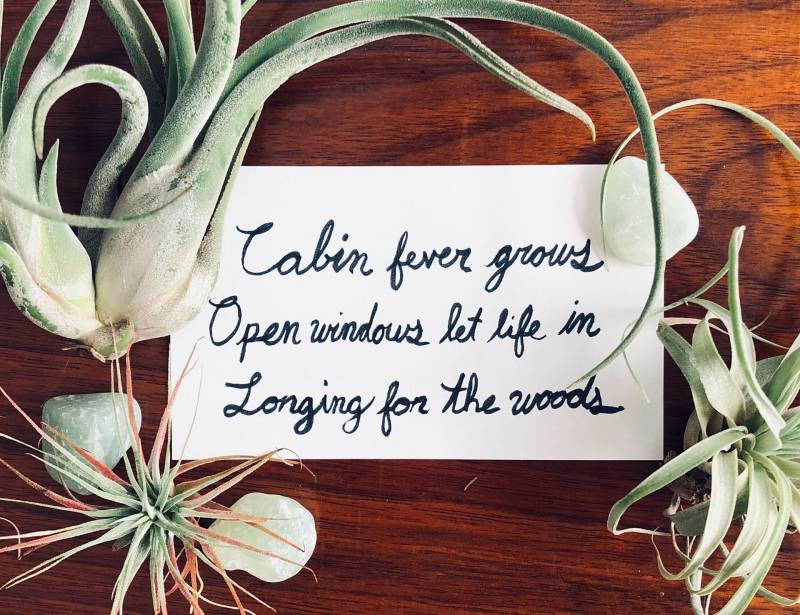How do you boil down the emotional complexity of the world to 17 syllables?
The worry is more
Than the bravery some days
But we carry on
This apocalypse
All so surreal—including
No toilet paper
These haiku were written as reflections on life during the coronavirus pandemic. They’re part of a collaborative project by Los Angeles-based artist Alan Nakagawa called “Social Distancing, Haiku, and You.”
Though his art spans different mediums, Nakagawa’s primary focus is sound. Some of his other work includes acoustic recordings of architectural spaces, processed and sometimes overlaid with others. His 2018 project “Peace Resonance: Hiroshima/Wendover” is one example. Nakagawa made a three-point recording of the Hiroshima Atomic Bomb Dome – a former exhibition hall destroyed by the U.S. atomic bomb attack on that city, left standing in its ruined state as part of the Hiroshima Peace Memorial Park – and played it back inside the hangar in Wendover, Utah, where the B-29 bomber Enola Gay took off in 1945, carrying the atomic bomb bound for Hiroshima.
